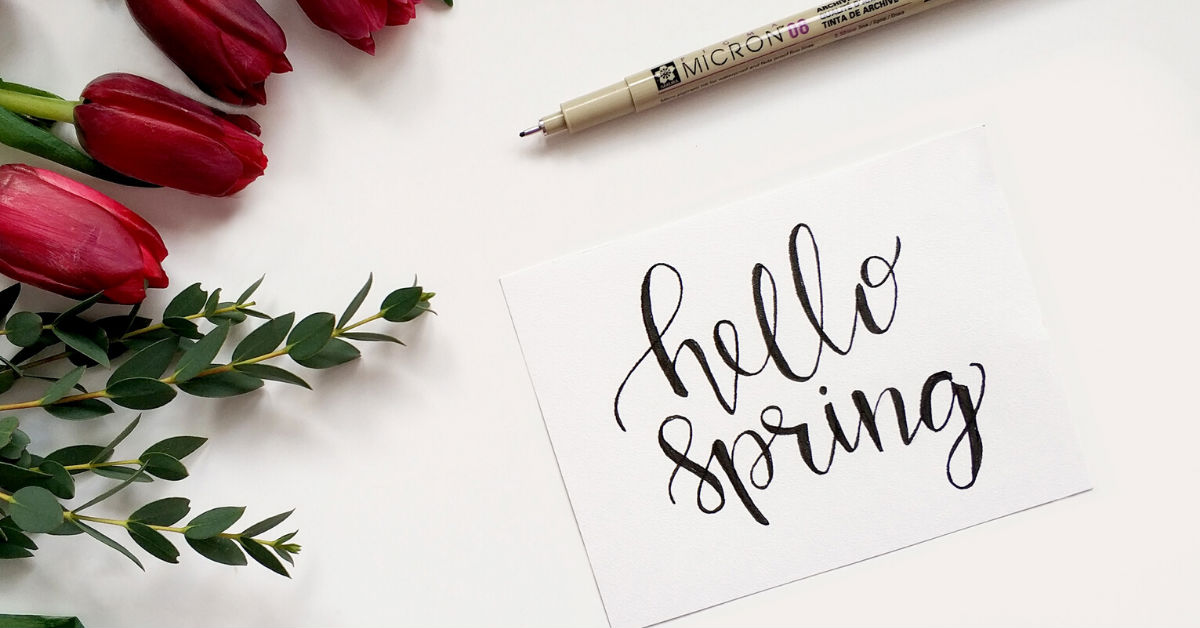
Choosing the right business fonts is a major part of your branding that’s often overlooked. Having the right font, style and typography can be the difference between repelling your audiences instead of attracting them.
But fear not, we put together this comprehensive guide to walk you through the process of choosing the best fonts for your business. No software, design skills, or talent needed. Just a little bit of time and patience. Let’s get started!
Typeface vs. Font: ‘Same Same, But Different’

We’ve noticed a lot of people use the terms, typeface, and font, interchangeably. While both may be similar one way or another, it’s not right to refer to fonts as typefaces or vice versa. It is acceptable, however, to refer to a particular typeface as one “font family.”
So what is the difference between the two?
First and foremost, as mentioned above, typeface pertains to one family of fonts. That means, it refers to a specific group of fonts. These font families are mostly similar but come in different characters, letters, or numbers.
On the flip side, a font pertains to the typeface’s style, such as the size, weight, or width. Let’s try to break it down in a more understandable example.
For instance, Times New Roman is the typeface. However, Times New Roman Bold, Times New Roman Italic, or Regular are fonts. With these definitions in mind, you now know how to communicate with graphic designers for your brand collaterals. Plus, now you know that after you pick a typeface, you then decide what font to use.
5 Steps In Picking A Suitable Typeface And Business Font
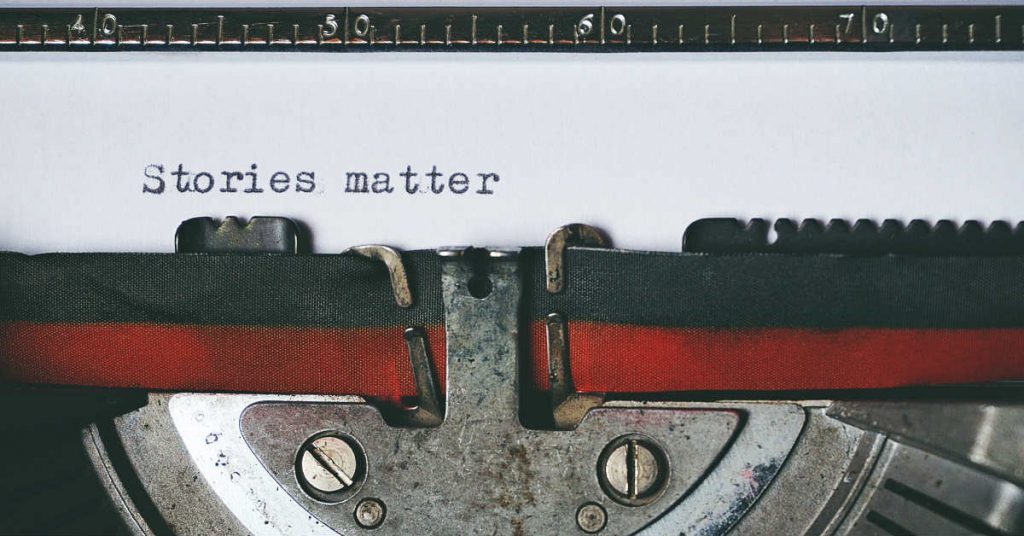
Before we get into the nitty-gritty of choosing the right typeface for your brand, I’d like to tell you a story that shows how important this step is.
A Story About Fonts
The Van Dorn Street station in Washington underwent rehabilitation this year. And the contractor put the wrong font on the WMATA’s signs and netizens went bonkers!
Instead of using Helvetica Bold, the contractor used Helvetica Black. Some netizens claim it’s a trivial issue. However, some pointed out the importance of branding consistency. In the end, the metro station reopened without rectifying the font — for now.
So think of the signpost as your brand and the netizens as your audience. Can you imagine having inconsistent typeface all across your marketing collaterals? You’ll probably end up confusing, if not driving away, your audience.
That said, choosing the right business font for your business is crucial. Entrepreneurs and marketers alike should take this step seriously. Follow these five steps in selecting the right typeface for your business:
1. Identify Your Brand Personality
Your branding is the deciding factor that pushes customers or stakeholders to forge a relationship with your company. And mind you, this is a long process that needs careful deliberation from people who want to establish the company in the first place.
Your company should have a brand personality that communicates with its target audience. Think logos, color palettes, icons, tone, and of course — typeface and business font. Think about it this way, if your brand were a person, how would you describe that person?
What you can do is to list down adjectives that carefully define your brand. Here are my top 10 choices, say if I were to establish my outdoor apparel shop’s brand personality:
- Dynamic
- Friendly
- Adventurous
- Edgy
- Youthful
- Imaginative
- Innovative
- Energetic
- Rugged
- Dependable
If you have a hard time shaping up your brand’s personality, try to figure out your audience type, what are they into? What age brackets do they fall under and what are their occupations? Or what are their likes and dislikes? What are their pain points? These questions will help you know what kind of brand you are. Because most likely, your brand personality will appeal to those people who have the same personalities too.
2. Familiarize the Fonts’ Personality Traits
It might be easy, or even fun, cherry-picking any typeface for your brand. But do you know that fonts can also evoke emotions just like colors? As with color psychology, the design also revolves around font psychology.
According to Venngage, here are the most common types of font and their personality traits:
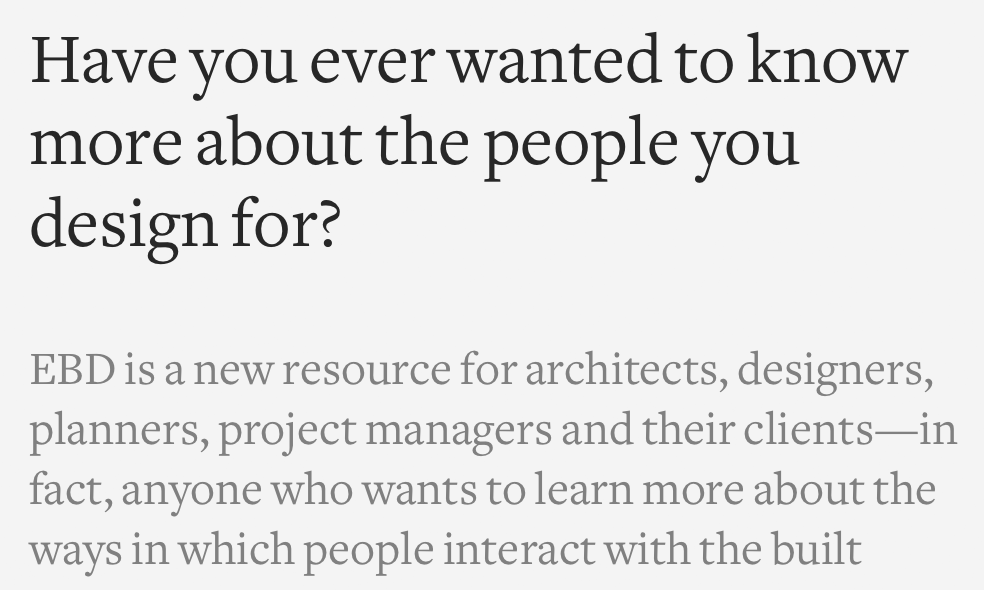
Serif fonts:
- Classic
- Traditional
- Trustworthy
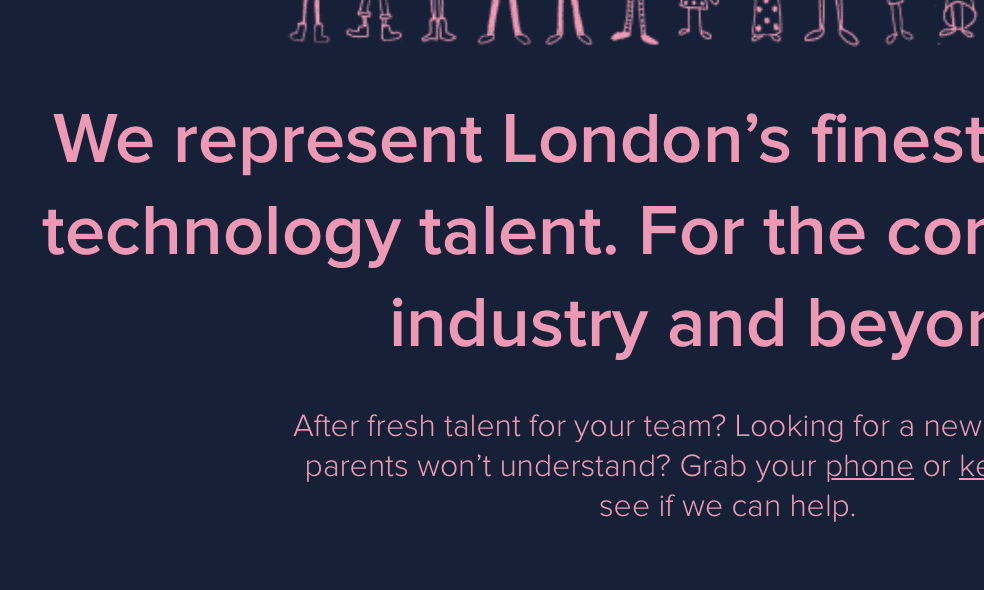
Sans Serif
- Modern
- Minimal
- Clean
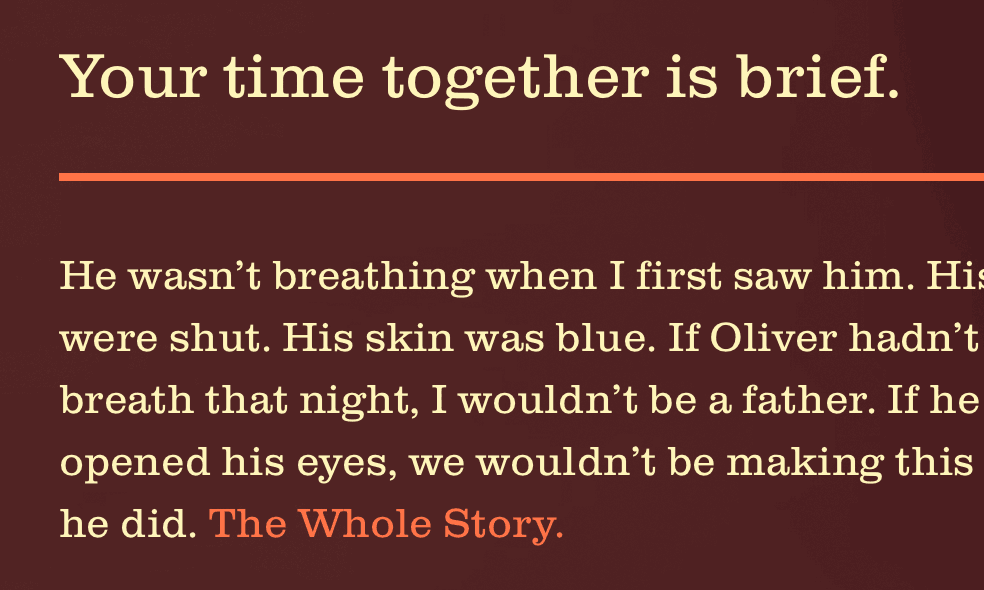
Slab Serif
- Bold
- Quirky
- Confident

Script
- Elegant
- Unique
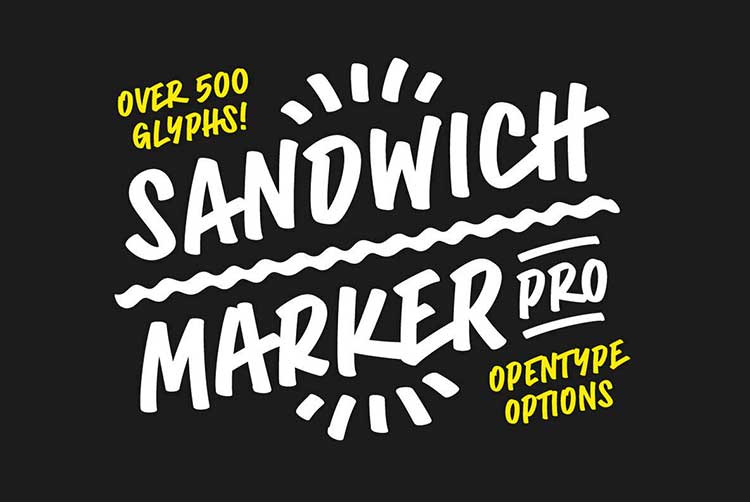
Handwritten
- Informal
- Artistic
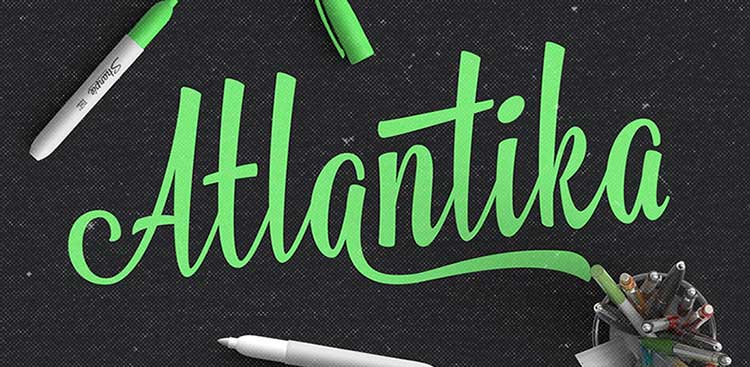
Decorative
- Stylized
- Distinctive
- Dramatic
3. Play with Font Pairings
If you want to stand out in your industry, don’t be afraid to get creative with font pairings. However, stick to the most relevant ones. Remember the adage, “Less is more,” and stick to not more than three font combinations.
You can pair serif and sans serif fonts or try slab serif and a lightweight sans serif font. Or how about fusing traditional and contemporary fonts for a more versatile feel? You may even go for an elegant script and an italicized bold sans serif font. Don’t be afraid to break the mold, but remember not to go overboard.
4. Look for Legibility and Versatility
When choosing the right typeface for your business, remember the most rudimentary features. The business fonts should be readable, even from a distance, regardless of the medium type.
The next factor to consider is versatility for when your business scales. If you want to move to a bigger platform, say a billboard, then your fonts should be flexible enough to still look good.
5. Visit Business Font Libraries
Last but not least, try to scour ideas from online channels. There are free font libraries you can visit to get inspiration. It’s also vital that you get proper licensing when you use a particular font for your brand. The last thing you want is the owner litigating you for copyright issues.
Try these top 10 free font libraries:
- Font Library
- Google Fonts
- DaFont
- Open Font Library
- Adobe Fonts
- Behance
- 1001 Free Fonts
- FontFreak
- Font Space
- Dribbble
Wrap Up
Now that you know how to select a suitable typeface for your business, get the ball rolling with the team. Sit down and deliberate each element that should go into the decision-making process.
If you’re still in a pickle, count on experts to help you with the initial branding as well as your design projects. Penji provides unlimited designs and revisions for a flat monthly rate. Businesses at their seed stage can take advantage of this subscription-based service to maximize the company budget.











